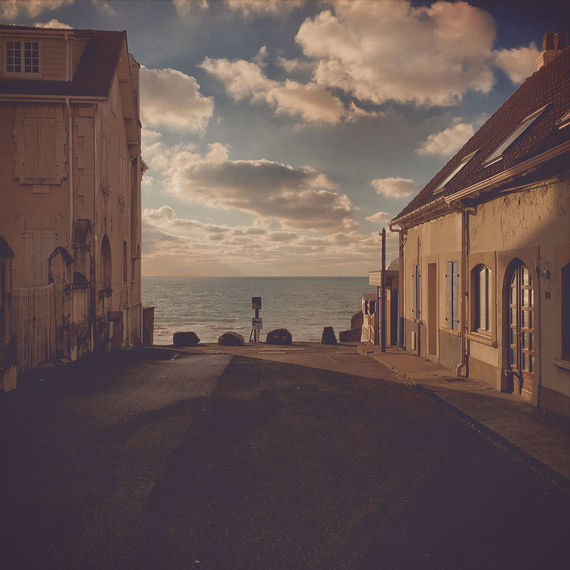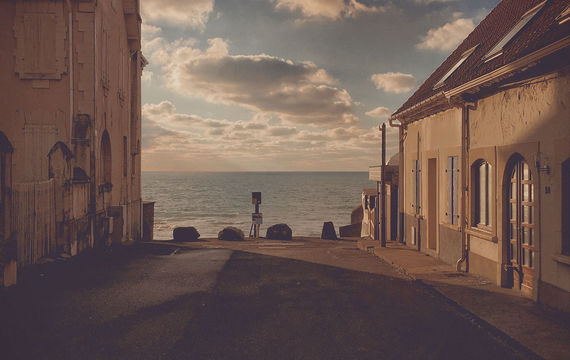Back to the roots
1798. Joseph Haydn, 66 years old at the time, was at the peak of his abilities. At the court of Prince Nicholas I in Esterházy, he had honed his compositional skills for nearly three decades; his time spent in London at the urging of the impresario Peter Salomon, became veritable triumphal marches. Haydn returned to his home country as a superstar, and was at last embraced by the ever-critical Viennese audiences.
For the composer, this was thus the start of a period of relative calm and great creative freedom. Haydn was in the midst of his fruitful collaboration with Baron van Swieten, which earlier that year had resulted in the magnum opus Die Schöpfung [The Creation]. Meanwhile, Nicholas II – the grandson of Haydn’s former patron – had moved the bulk of his court gradually to Vienna and Eisenstadt, and therefore there was less need for music at Esterházy. The prince asked the composer only for one Mass per year, which for Haydn was a return to his musical roots.
Ode to the admiral?
And yet, these were times of “angustiis”, troubled times. Europe was embroiled in a fierce war with Napoleon. Only Admiral Horatio Nelson seemed able to stop the French revolutionary conqueror. At a naval battle on the Nile, the British admiral dealt Bonaparte a serious blow, marking a crucial turning-point in the War of the Second Coalition.
The story goes that Haydn wished to honour the legendary naval commander with his Mass. The harsh timpani in the ‘Agnus Dei’ are supposed to evoke the sounds of war, and the jubilant trumpets in the ‘Benedictus’ to highlight the glorious victory. The name of the work was further mythologized when the Esterházy court in Eisenstadt had the opportunity to host the grand strategist himself, two years after the première of the Mass. A visit by the great war hero was naturally an enormous social event, with all the usual pomp and ceremony: fireworks sparkled across the Austrian air, the days were filled with hunting parties, and the evenings with banquets. And of course, music was part of it all.
Although it was most likely not the Missa in Angustiis that was heard during those days. The Scottish radio broadcaster David Millar Craig researched this encounter in depth for an article in The Musical Times, and found only one eyewitness account referring to a performance of Die Schöpfung. According to Craig, that was indeed “more likely than that the so-called ‘Nelson Mass’ was given.”
Other anecdotes about the encounter are, according to the author, similarly built on quicksand. Thus, for example, it was said that the admiral gave his gold pocket watch in exchange for the pen with which Haydn wrote his works. Similarly, Craig considers that doubtful, given that: "Haydn (...) was a servant of the Esterházy households. As a retainer, though an honoured one, he would make his bow to the admiral.”
Calendar problems
Furthermore, the chronology does not seem quite correct. On the cover page of the manuscript, we can read how Haydn worked on the Mass between 10 July and 31 August. The first Battle of Aboukir did take place during that period (on 1 August 1798), but the news was unlikely to have reached Vienna that quickly.
As was often the case, the subtitle was given to the work later, a clever marketing device to give a musical work more historical cachet. It is more realistic to think that we should not see the ‘troubled times’ on a macrolevel, but that they refer to Haydn’s own personal situation. Overworked after the première of Die Schöpfung, he had to finish the Mass at record speed for the name day of Princess Maria Josepha Hermengilde Esterházy, his patron’s wife – a deadline that Haydn in fact did not make, as the première of the Mass took place a few weeks later.
Moreover, a few financial decisions by Prince Nicholas II left a crucial mark on the composition. The court’s move and the political instability led Haydn’s protector to dismiss his Feldharmonie, the court’s wind ensemble. Therefore, the composer had to work with a limited orchestration: strings, timpani and organ, supplemented by a few trumpet players. And yet, Haydn was able to achieve a great deal even with these more limited resources. On the strength of his experience in London, his symphonic peak, he gave the instrumentalists a very prominent role in the setting of the Mass. Haydn resolved the problem of the lack of winds with virtuoso solo passages on the organ, which he himself played at the première. Just a few years later, Joseph Fuchs would rework the score into the (now more usual) setting with woodwinds.
And yet, it is not solely the instrumentation that makes this work unusual; it is in the voice parts that Haydn exhibits his absolute mastery. Here, too, you can sense that the composer has worked up throughout his career to this climax, as both his very first and his very last works are masses. The American composer and musicologist Martin Pearlman explains, in his analysis of this work, how the composer unites the various styles that had been in vogue during Haydn’s lifetime: “a fascinating mix of Baroque-style counterpoint, still older Gregorian chant, and modern virtuosic writing in the lively string parts.”
So, no, don’t look to the Nelson Mass for any glorification of military violence or for a political statement. This is above all a masterpiece by a composer at the absolute summit of his career, that was written under some time constraint. Although everyone knows that the best work is done under a bit of pressure, there is no need to see this as a time “in Angustiis”.


